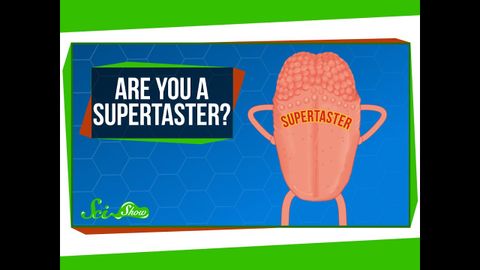
Subtitles & vocabulary
Are You a Supertaster?
00
Jack posted on 2015/09/01Save
Video vocabulary
coat
US /koʊt/
・
UK /kəʊt/
- Noun
- Clothing worn outside over your normal clothes
- Transitive Verb
- To cover something thinly with something
A2
More paper
US /ˈpeɪpər/
・
UK /ˈpeɪpə(r)/
- Uncountable Noun
- Academic writing or a talk on a specific topic
- Written test
- Adjective
- Not existing in reality, or done infrequently
- Made from the material that we use to make books
A1TOEIC
More sweet
US /swit/
・
UK /swi:t/
- Countable Noun
- Piece of candy, or other food containing sugar
- Adjective
- Having a gentle, likable nature
- Making one feel happy, pleased or content
A1
More Use Energy
Unlock All Vocabulary
Unlock pronunciation, explanations, and filters
